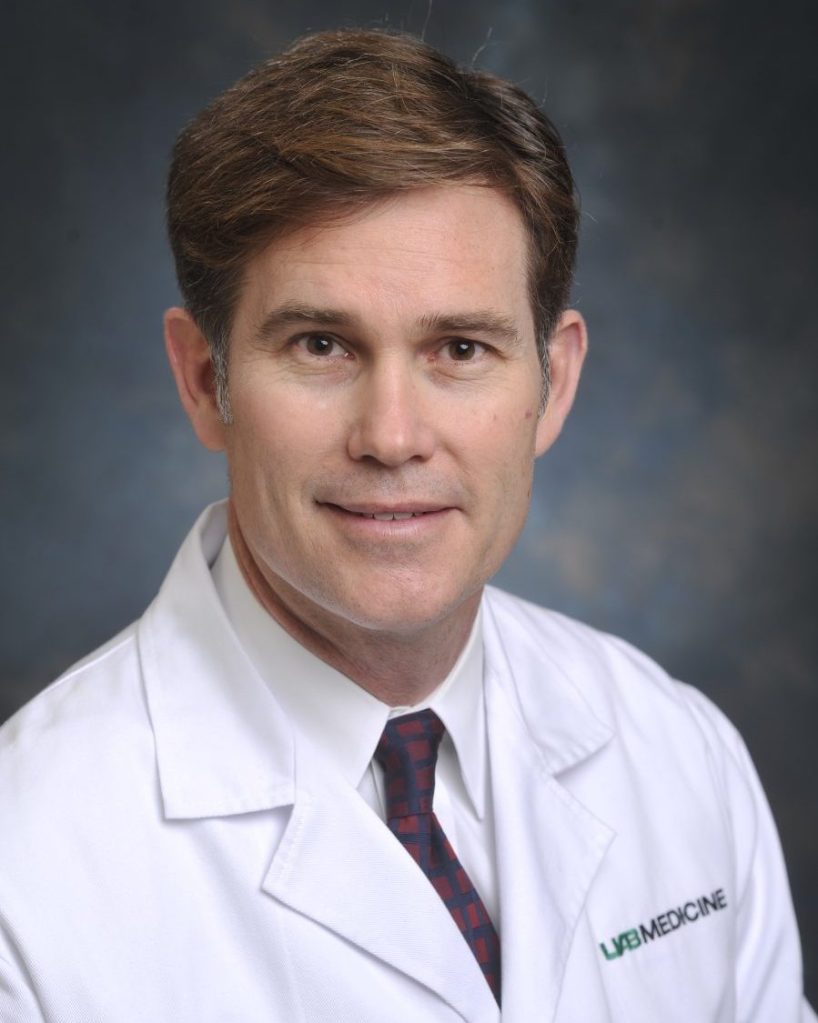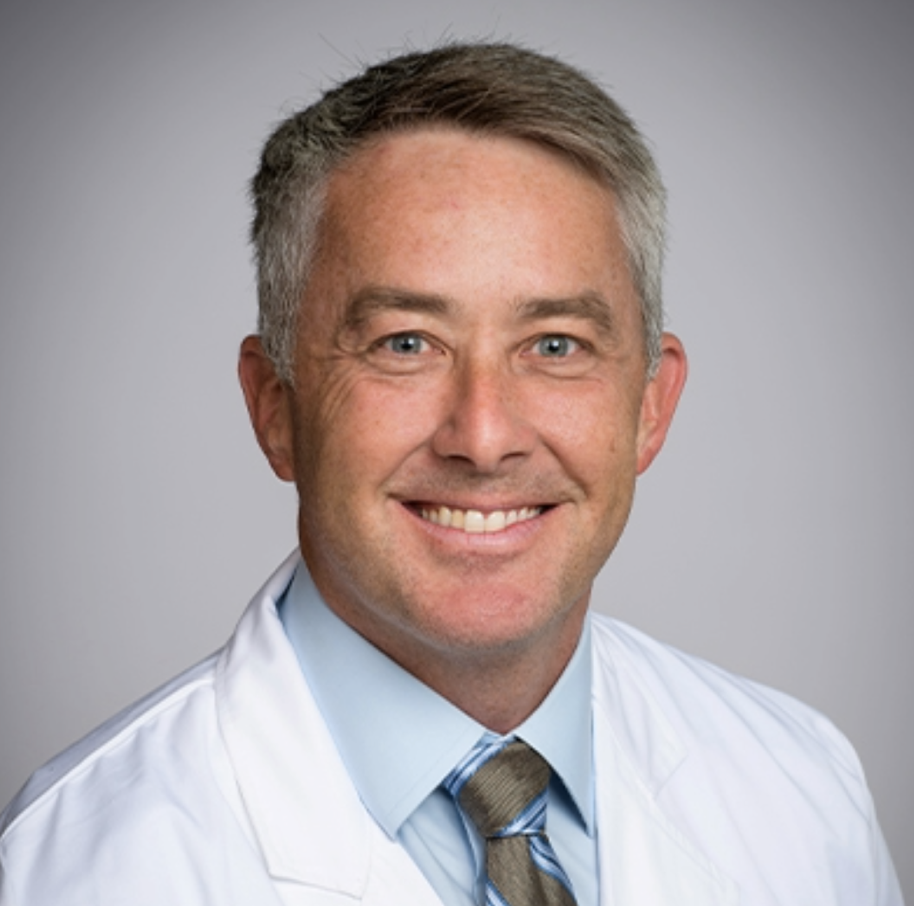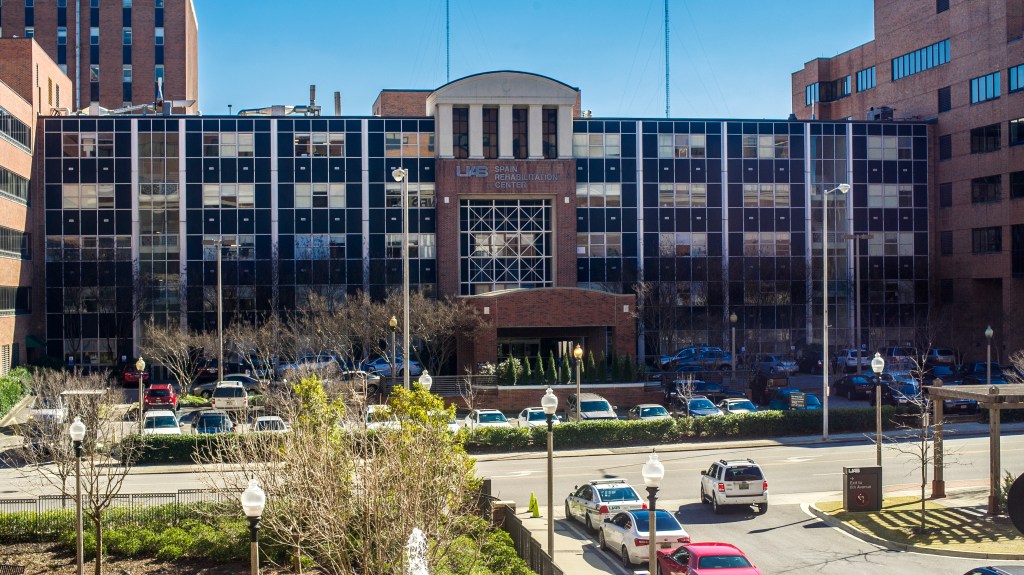Physicians and surgeons who practice in the area of facial plastic and reconstructive surgery focus on correcting problems or changing the appearance of certain parts of the head, neck, face, and ears. These procedures often are performed to address birth deformities, repair the negative effects of a previous facial surgery, or correct problems resulting from cancer, stroke, trauma, or burns. In other cases, the procedures are done for cosmetic reasons, to achieve a more youthful appearance or to change a specific characteristic that has always been bothersome.
Some of the more common procedures are described below:
Nasal Surgery
Known as rhinoplasty (rye-no-plasty), this complex procedure involves reshaping and reconstruction of the cartilage and bone (possibly removing excess bone or cartilage) to achieve a new look for the nose. Rhinoplasty also may be performed to improve breathing, in cases where nasal function has been reduced by a birth deformity or trauma, such as a sports injury or automobile accident. Poor breathing often is due to multiple issues that may involve treatment with medication and surgery. Breathing function also may be addressed through a procedure called septoplasty (sept-o-plasty), which is done to correct a deviated septum in the nose (when the bone or cartilage is crooked or off center). In some cases, these procedures are performed to repair or undo the negative effects of a previous nasal surgery. Repairing a nasal deformity (changing the shape of the nose) and improving nasal breathing often are covered by insurance, but purely cosmetic changes usually are not. Recovery time is about 1-2 weeks depending on what is done, and the results usually are permanent.
Eyelid Surgery
Known as blepharoplasty (blef-a-roe-plasty), this procedure removes fat and excess skin, bags, pouches, and wrinkles in the eye area to make the eyes appear less tired. If excess tissue on the upper eyelids obstructs vision and the patient meets specific criteria, the procedure may be covered by insurance. Recovery time is approximately one week. The results on the lower lids are permanent; the effects on the upper lids last about 10 years. The procedure may be performed in a hospital or in an outpatient clinic.
Facelift
Known as a rhytidectomy (rit-id-ek-tomy), this procedure removes excess skin and neck fat, repositions tissue under the skin, and tightens muscles in the neck and lower part of the face. Recovery time is about two weeks, and the results “turn back the clock” 5-10 years, depending on the patient. It may be performed in a hospital or in an outpatient clinic.
Forehead Lift
Also known as a brow lift, this procedure reduces forehead lines and wrinkles and elevates the brows to reduce lid drooping, providing a refreshed appearance. If the drooping brows are obstructing vision, insurance may cover this procedure. Recovery time is about 10 days, and the results last about 10 years.
Chin Augmentation
Known as genioplasty (jeen-e-o-plasty) or mentoplasty (men-to-plasty), this procedure is done to enhance a small chin or reduce a prominent chin. It may involve placing an implant or actually moving the jaw/chin. Recovery time is about one week, and the results are permanent.
Ear Surgery
Known as otoplasty (oh-toe-plasty), this procedure involves “pinning back” the ears by reshaping the cartilage. The procedure is often done in children before they start school to avoid teasing, though many adults who are bothered by wide-set or prominent ears also choose to undergo this procedure. Certain types of deformities can be addressed in the office setting, under a local anesthetic with minimal or no incisions. Recovery time is about one week, and the results are permanent.
Skin Resurfacing
The outer layer of the skin may be removed with a laser (laser skin resurfacing), a liquid (chemical peel), or a spinning brush (dermabrasion). These procedures result in smoother, less wrinkled skin. In addition to addressing skin changes due to aging, resurfacing can be used to improve the appearance of scars. Recovery time is about 1-3 weeks, and the results usually are permanent.
Facial Reconstruction
This surgery may be done to restore both function and appearance of the face following an accident or medical condition. Common procedures include scar repair, fracture repair, repair of deep cuts or tears in the skin, birthmark treatment, cleft lip and cleft palate repair, surgery for craniofacial deformities, jaw surgery, and post-cancer reconstruction. Recovery time varies depending on the patient and the procedure, and the results usually are permanent.
Facial Nerve Paralysis Surgery
This procedure is performed to reduce deformities caused by the loss of facial nerve movement and to address speech and chewing problems. Facial nerve paralysis can be caused by Bell’s palsy, cancer, stroke, trauma, a previous surgery, birth deformities, and other conditions. In some cases, results may be achieved using office-based procedures, such as Botox injections. More severe deformities may require surgery to prevent drying of the eye and restore facial appearance at rest. More advanced procedures can even be done to restore some lost facial movement. Due to normal facial aging and the long-term effect of gravity on the face, small revisions may be needed over time. Recovery time depends on the type of procedure needed and chosen by the patient.
Craniofacial Surgery
This procedure is done to correct facial deformities present at birth or resulting from trauma, facial fractures, or to address issues caused by a previous facial surgery. Recovery time and results vary greatly depending on the individual case.
Miscellaneous Cosmetic Procedures
A variety of procedures are available to reduce the effects of aging, enhance your physical appearance, or address problems caused by trauma or certain medical conditions. These include laser hair removal, hair restoration, and Botox injections (commonly used to reduce the appearance of facial wrinkles). They also include soft tissue fillers and augmentation, a process in which an absorbable material is injected to reduce facial wrinkles, give the lips a fuller appearance, or change the look of certain parts of the face or neck. The initial results and how long the effects of these procedures last vary from person to person. Each of these procedures is done in an outpatient clinic setting.
UAB Medicine is the premier medical center in Alabama for facial plastic and reconstructive surgery, thanks to our experienced and highly trained physicians and surgeons. Our group features specialists with extensive expertise in both corrective and cosmetic procedures, and they have backgrounds in otolaryngology (ear, nose, and throat, or ENT), plastic surgery, and oculoplastic surgery (procedures involving the eye sockets, eyelids, tear ducts, and the face). By combining training and experience in reconstructive and cosmetic surgery, our surgeons are able to offer improvements in both form and function for the patient.
UAB Medicine offers daily facial plastic and reconstructive surgery clinics for the convenience of our patients. Patients are seen for office visits at The Kirklin Clinic of UAB Hospital and UAB Plastic Surgery of Mountain Brook, and our surgical procedures are performed at UAB Hospital, UAB Hospital-Highlands, UAB Callahan Eye Hospital, or in the office-based setting of UAB Plastic Surgery of Mountain Brook. Procedures on children are performed by UAB Medicine surgeons at the nearby Children’s of Alabama hospital.
Our reconstructive surgeons use the latest microvascular techniques, including the “local flap” and “free flap” methods, which are designed to ensure adequate blood supply to the areas undergoing surgery:
- A local flap is a reconstructive technique in which tissue adjacent to the part of the body affected by trauma or disease is used to cover, heal, or replace the affected area. An example of this is when a large portion of the nose is removed to eradicate a cancer, and skin (and perhaps muscle) from the forehead or cheek is used to reconstruct the nose. This differs from a skin graft in that, due to the size of the defect, the tissue from the forehead or cheek is transferred to the affected area with the blood supply (arteries and veins) still attached.
- A free flap, on the other hand, is a reconstructive technique in which larger areas affected by trauma or disease are replaced with skin, muscle, and/or bone from a part of the body that is not next to the affected area. Examples of this include using a section of skin from the arm or a piece of leg bone to replace and reconstruct a facial defect, or using tissue from another part of the body to replace tissue lost from removing a tumor or from trauma, such as a gunshot or car accident. The arteries and veins that supply blood to the tissue are reconnected to an artery and vein near the affected area. The free flap method is often used by head and neck surgeons to minimize the impact on appearance, speech, swallowing, chewing, etc.
In keeping with the mission of our academic medical center, UAB Medicine faculty and residents participate in a wide range of research into the regenerative power of stem cells, bone biology, wound healing, and the latest reconstructive surgery techniques, as well as studies designed to evaluate and improve surgical results. This helps ensure that our patients enjoy the benefit of the latest and most effective advances in facial plastic and reconstructive surgery.
Care Providers




